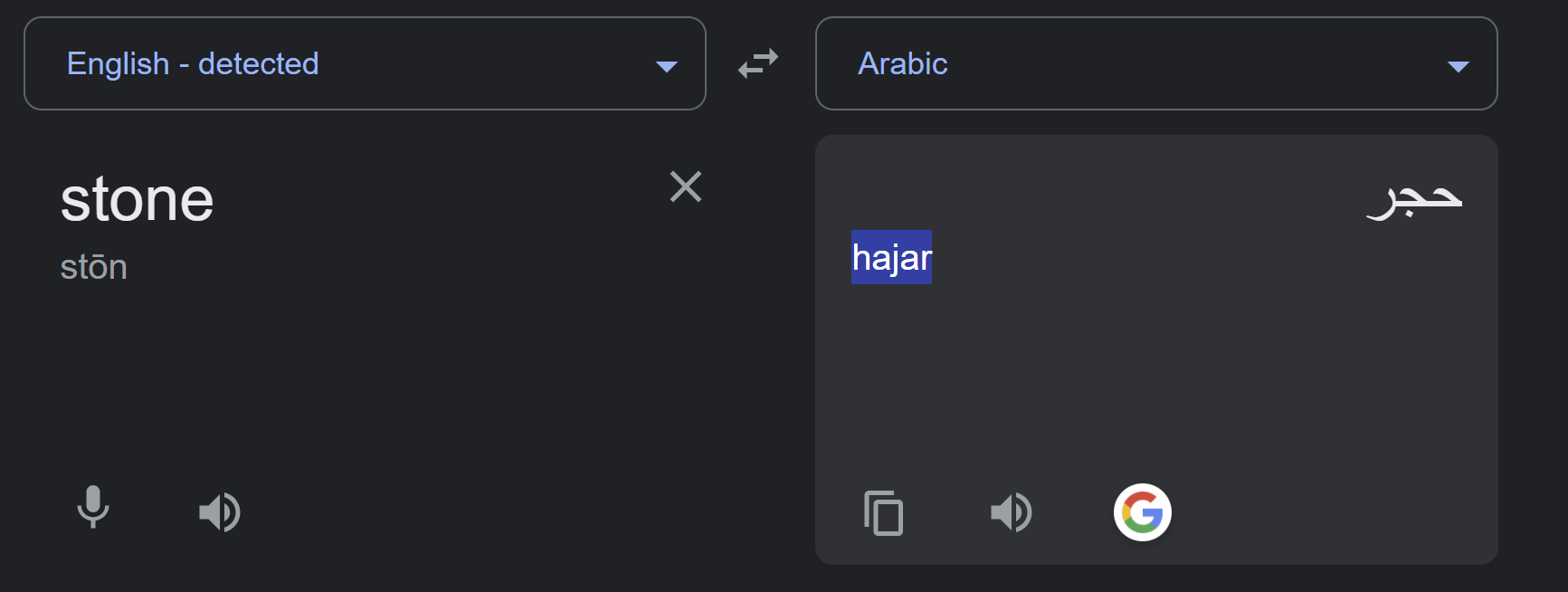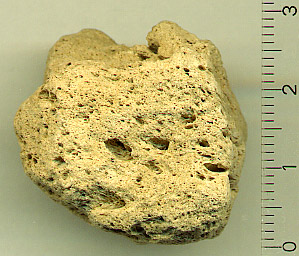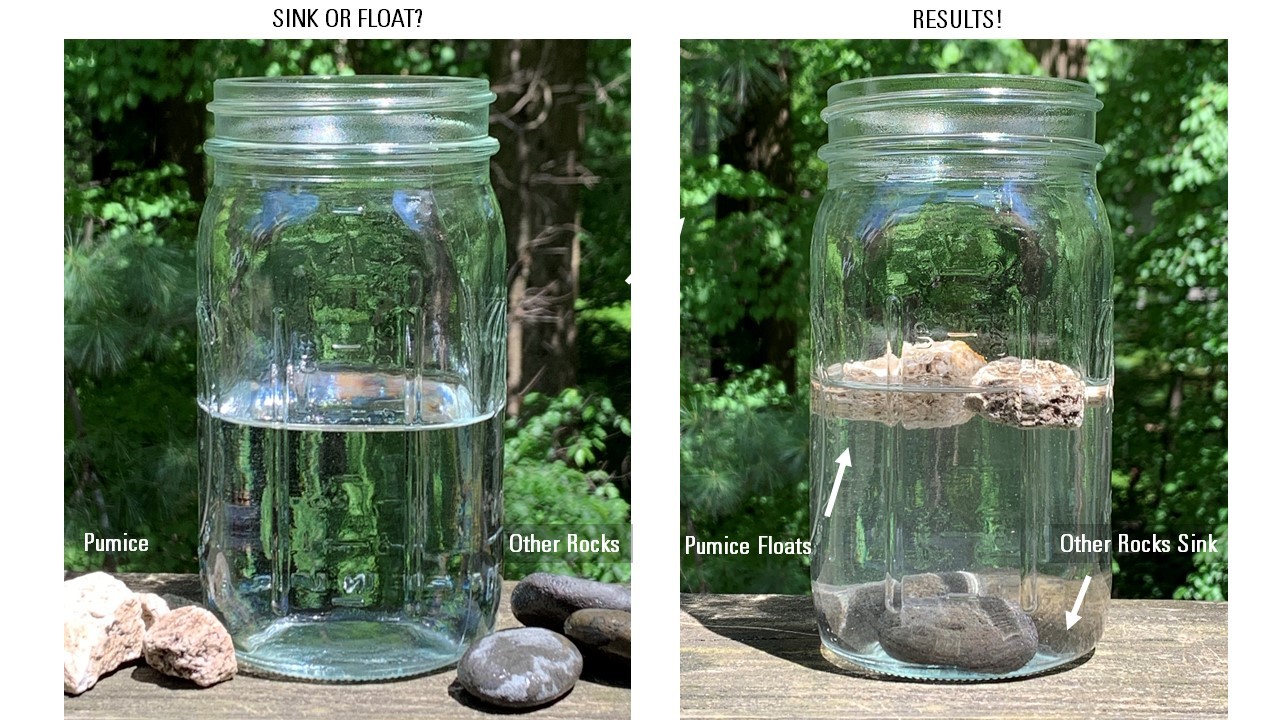SURAH AL FIL (THE ELEPHANT): AYAT 3-4 (QURAN 105:3-4)


Surah Al-Fil is the 105th chapter (Surah) of the Quran. It is a short chapter with only five verses and is named after the Arabic word “Al-Fil,” which means “The Elephant.” The Surah recounts a historical event known as the “Year of the Elephant,” which is believed to have occurred in the year of the birth of the Prophet Muhammad (peace be upon him).
The story revolves around Abraha, the Abyssinian ruler of Yemen, who constructed a magnificent cathedral called Al-Qullays in San’a. Upset that people were not visiting his cathedral and instead making pilgrimages to the Kaaba in Mecca, Abraha decided to destroy the Kaaba in an attempt to divert the pilgrimage to his own cathedral.
Abraha set out with a powerful army (reportedly near 100,000 men) and included multiple war elephants – the largest named Mahmud. As they approached Mecca, the people of Mecca fled to the mountains for safety, and the Meccans were unable to defend the Kaaba against the formidable army.
However, before Abraha and his army could reach the Kaaba, Allah intervened miraculously. The Surah Al-Fil describes how Allah sent flocks of birds, each carrying small stones, which they dropped on Abraha’s army. These stones were like small pellets and had a devastating effect, causing the soldiers and the elephants including the giant Mahmud to perish.
The miraculous event preserved the sanctity of the Kaaba, and the people of Mecca were saved from Abraha’s destruction. The Year of the Elephant is considered a significant event in not only Islamic history – but has been a well documented event amongst almost all of the Bedouin tribes of Arabia, marking the protection of the sacred Kaaba by divine intervention.
Surah Al-Fil serves as a reminder of Allah’s power and ability to protect His sacred places. It encourages believers to have faith and trust in Allah’s sovereignty, even in the face of seemingly insurmountable challenges.
The Surah mentions the miracle of birds being able to carry and then drop “Sijjil” on the army from elevation. The small and seemingly powerless birds were able to thwart the attack of the mighty elephants and ranks of soldiers.
Many contrarians and skeptics argue – how could birds even carry large pebbles especially over distances? This would be too taxing for most small birds – however, science has recently verified how truly possible this act could be.
The most common arabic word for stone is Hajar (حجر) – this can be even verified by a quick Google translate search (shared below):

The Quran in this Surah uses a more distinctive term – “Sijjil or Sejil ” – commonly referred to as pebbles or “baked clay” in translations. In classic Arabic this term refers to specifically heated stones.
Geologists usually refer to this naturally occurring heated rock as Pumice. Pumice is a type of extrusive volcanic rock, produced when lava with a very high content of water and gases is discharged from a volcano. As the gas bubbles escape, the lava becomes frothy. When this lava cools and hardens, the result is a very light rock material filled with tiny bubbles of gas. Commonly it is light-colored, indicating that it is a volcanic rock high in silica content and low in iron and magnesium, a type usually classed as rhyolite.
The unusual foamy configuration of pumice happens because of simultaneous rapid cooling and rapid depressurization. The depressurization creates bubbles by lowering the solubility of gases (including water and CO2) that are dissolved in the lava, causing the gases to rapidly exsolve (like the bubbles of CO2 that appear when a carbonated drink is opened). The simultaneous cooling and depressurization freeze the bubbles in a matrix.

Density is simply mass per volume. The density of water is 1 g/cm3. Clay has a density of just 1.2 g/cm3 but still higher than the density of water, which means it would sink in water. However, if this clay gets heat treated (or one may say “Baked”) such as in a volcano for example, it would become porous and its density drops. The density of this pumice stone is so low at 0.25 cm3. This stone literally floats on water. The ONLY stone known to float in water!

Now we know that heated stones such as Pumice or “Baked Clay” – the literal meaning of “Sijjil” – are the least dense stones on earth, so light that even a small bird would have no trouble carrying it. Also being dropped from high altitude with the acceleration of gravity causes a falling object to pick up speed (velocity) as it travels – leading to significant impact/damage even if the object has little initial density/mass. There are signs everywhere for those willing to ponder!
